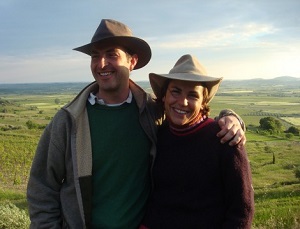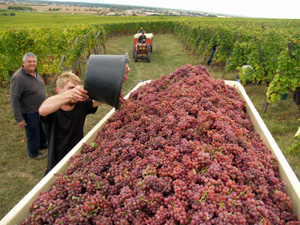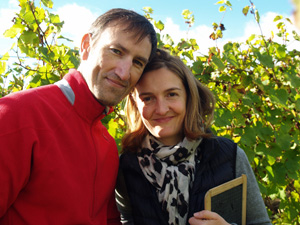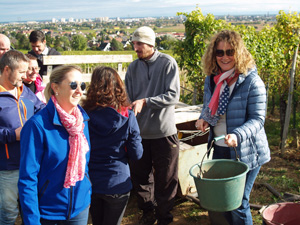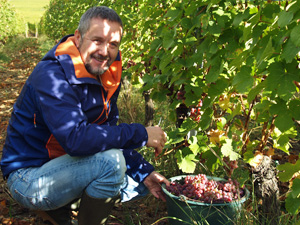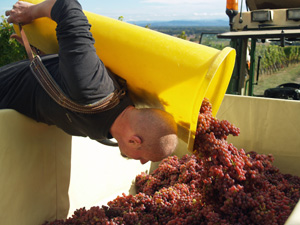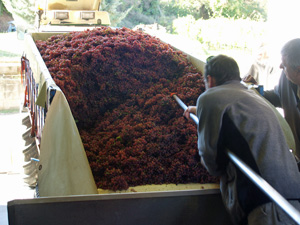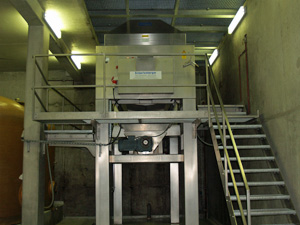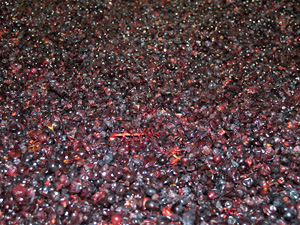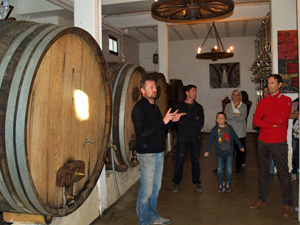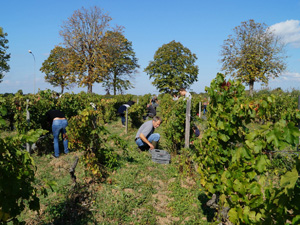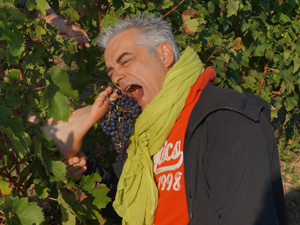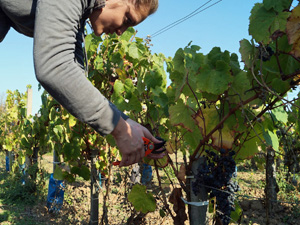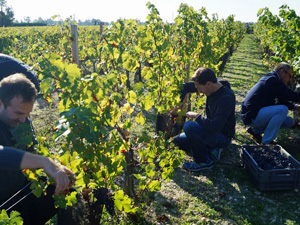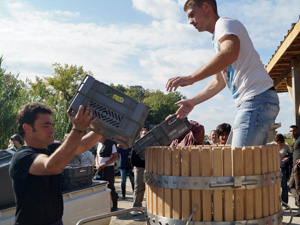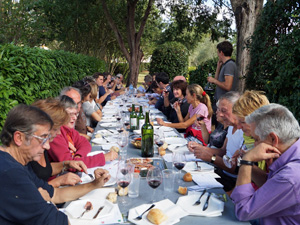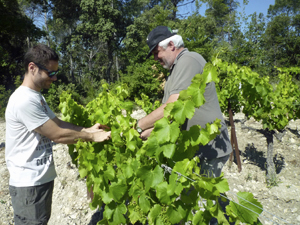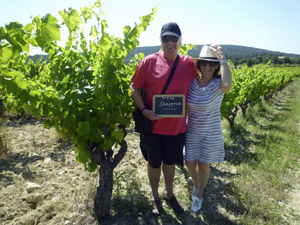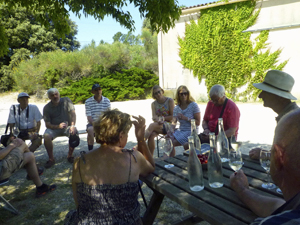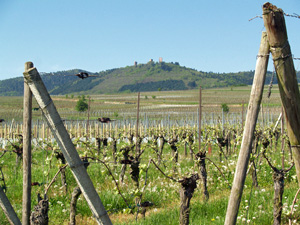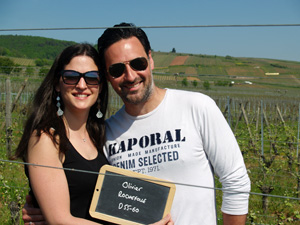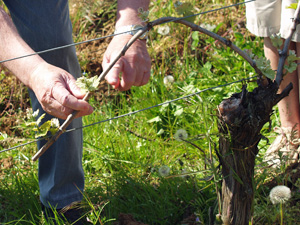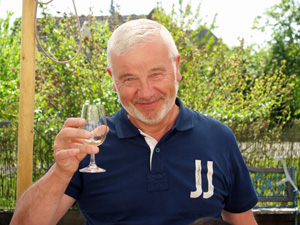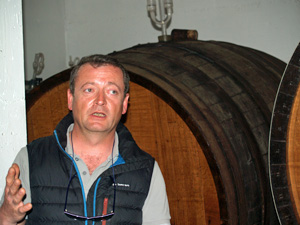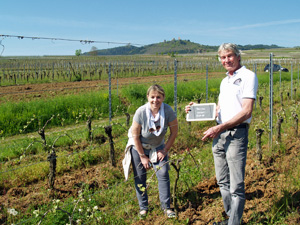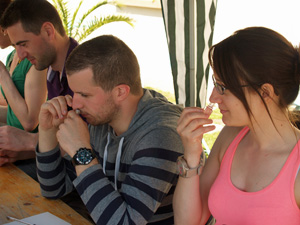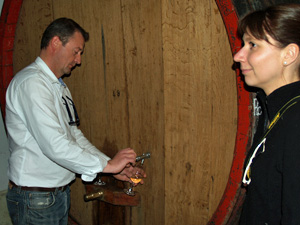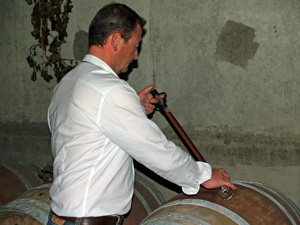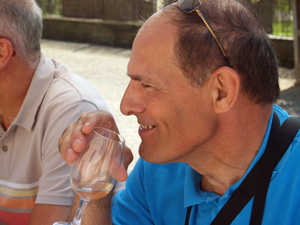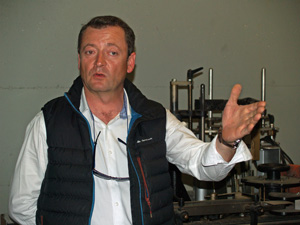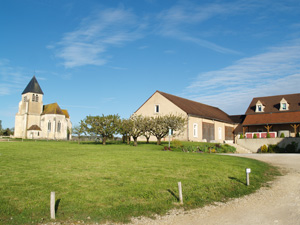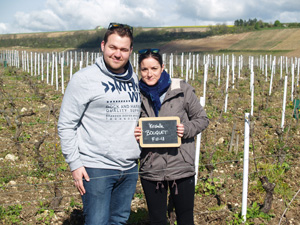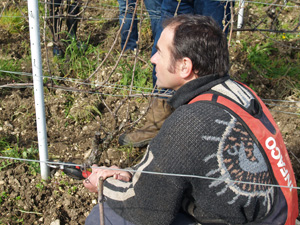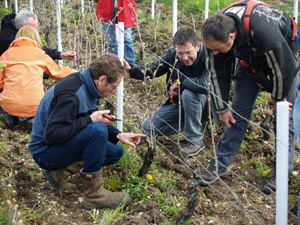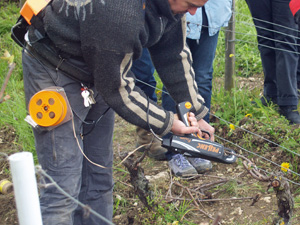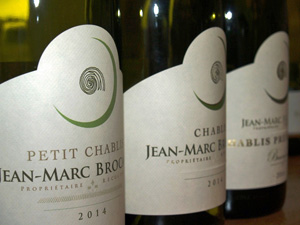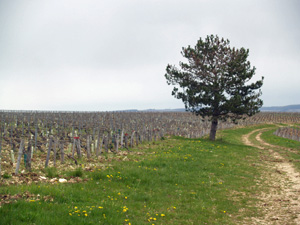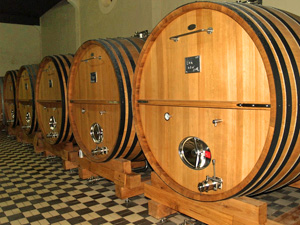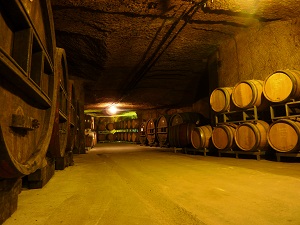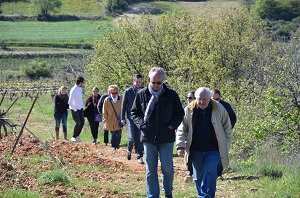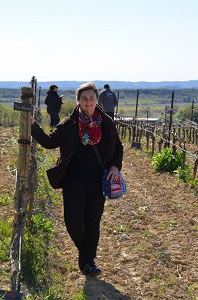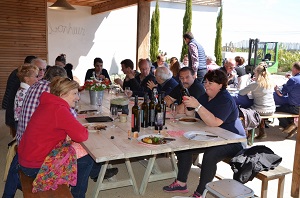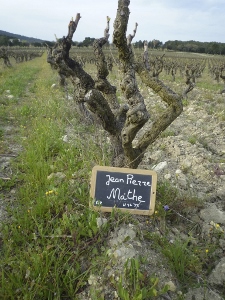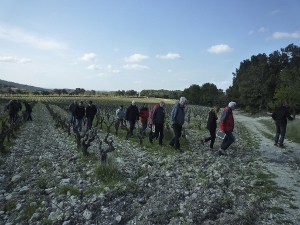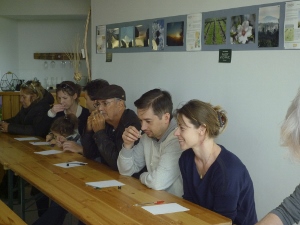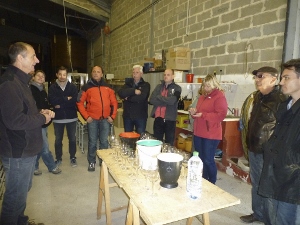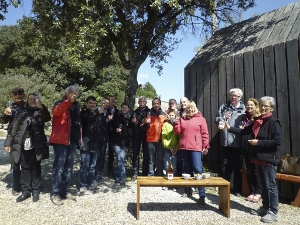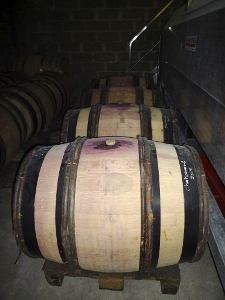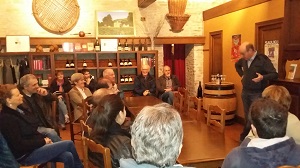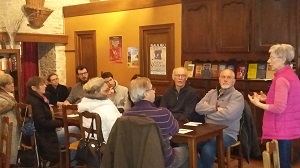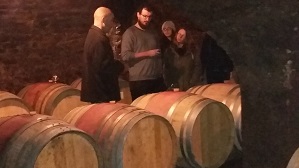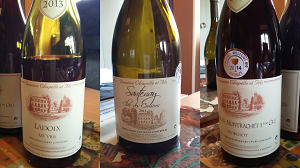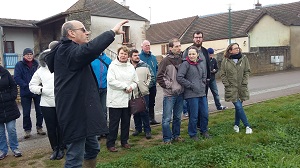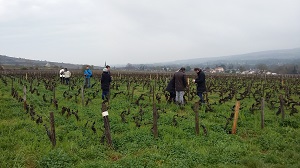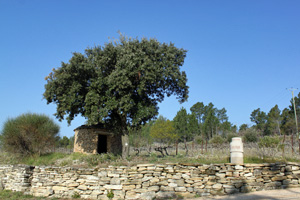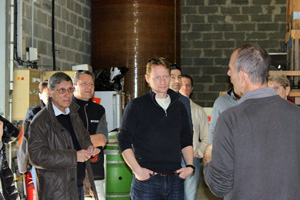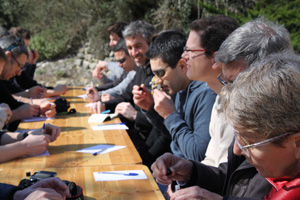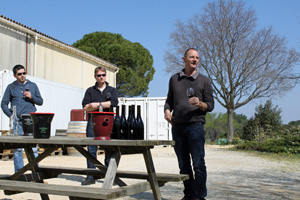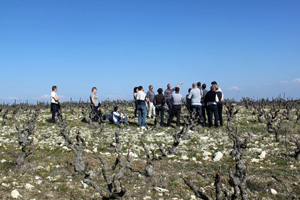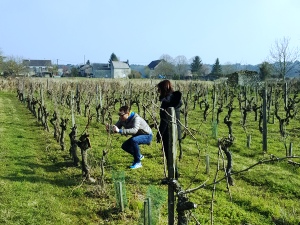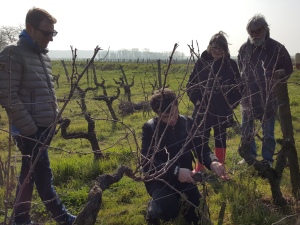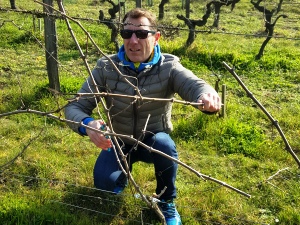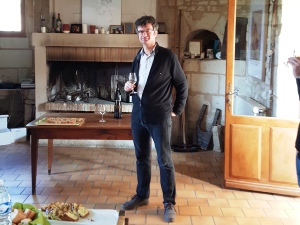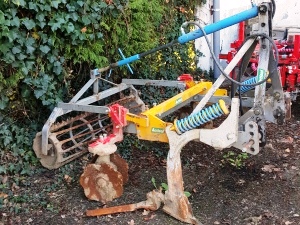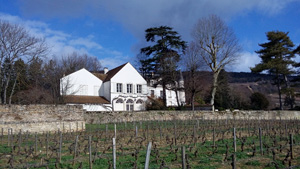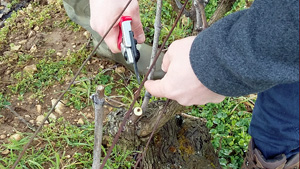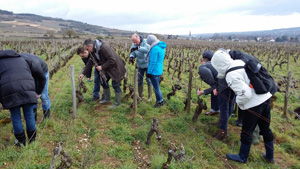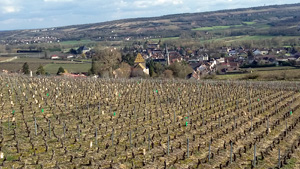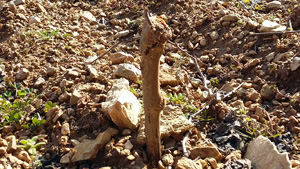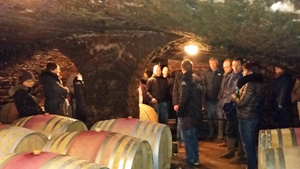The perfect Christmas gift for wine lovers. Adopt some vines and make your own organic wine.
- Categories :
- Gifts
- Wine
- Wine Making
- Enjoying Wine
- Gourmet Odyssey
What does the adopt-a-vine experience consist of?
Giving some vines in an organic vineyard in France for a Christmas present is sure to please any wine lover. For a wine-making year (2-3 years depending on the winery selected), the lucky recipient of your gift will follow the evolution of the vines, the harvest of the grapes, and then the making of the wine via newsletters and photos. At the end of the Wine Experience, your recipient will have as many personalised bottles of wine as the number of adopted vines, and your recipient will get to choose the name of the wine that will appear on the personalised labels.
It is also possible to include 1 to 3 days at the winery with the Wine Experience gift. The recipient will get to spend the day with the winemaker for a total immersion into the world of wine-making. Each of these oenology courses, valid for two people, includes lunch and wine tasting.
All of the experience days are designed to be participative. The Discovery Experience Days are more oriented towards the work in the vineyard, so your recipient can have a go at pruning, de-budding or training the vines. The Harvest Experience Days will be busy with picking the grapes and learning about the first stages of fermentation, and the Vinification Experience Days will cover how to taste wines and the work in the cellar to age and blend the wine.
How do you get started with the Wine Experience Christmas gift?
The gift you select is completely flexible in terms of the number of vines you adopt, the winery chosen, and whether one or more days at the winery are included.
Once you have chosen your gift, the welcome pack is delivered to the address of your choice, so that your recipient has a gift box to open on Christmas day.
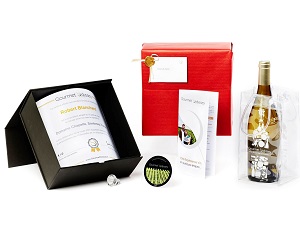
The welcome gift includes a DropStop, a re-usable glass wine stopper, a wine cooler bag, personalised adoption certificate and all the information needed to learn about the winery, winemakers and wine that the recipient will follow for the duration of the Wine Experience.
Will my gift please?
We’ll let our customers speak for us. You can read some of the feedback that they have sent us. And they’re not the only ones to give their opinion; the media are also talking about us.
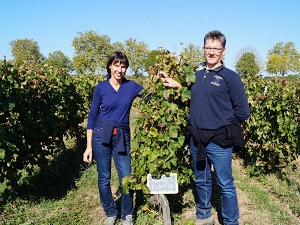
Adopting some vines is a very enlightening Christmas present. As well as producing your own personalised vintage, it also allows your recipient to discover the world of wine-making from a different angle, and to learn about all the hard work that goes into making a good bottle of wine.
All of our partner wineries are selected for the quality of their wines and they are organically or biodynamically certified. Passionate about winemaking, they love to share their knowledge and experience with the adoptive vine owners. Your recipient is sure to enjoy an unforgettable Christmas gift this year!



